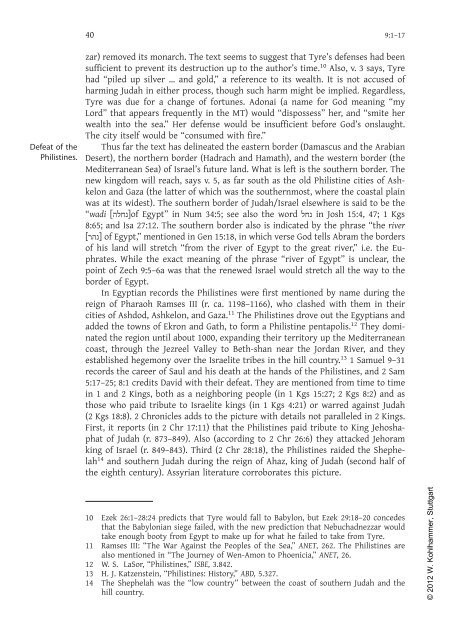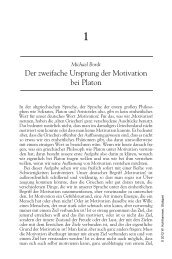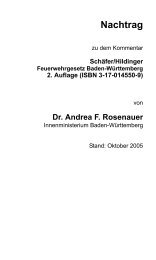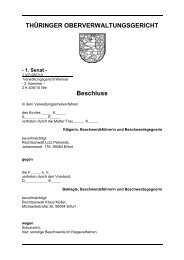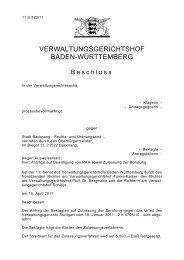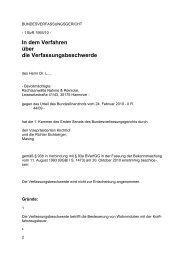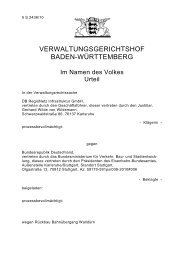You also want an ePaper? Increase the reach of your titles
YUMPU automatically turns print PDFs into web optimized ePapers that Google loves.
Defeat of the<br />
Philistines.<br />
40 9:1–<strong>17</strong><br />
zar) removed its monarch. The text seems to suggest that Tyre’s defenses had been<br />
sufficient to prevent its destruction up to the author’s time. 10 Also, v. 3 says, Tyre<br />
had “piled up silver … and gold,” a reference to its wealth. It is not accused of<br />
harming Judah in either process, though such harm might be implied. Regardless,<br />
Tyre was due for a change of fortunes. Adonai (a name for God meaning “my<br />
Lord” that appears frequently in the MT) would “dispossess” her, and “smite her<br />
wealth into the sea.” Her defense would be insufficient before God’s onslaught.<br />
The city itself would be “consumed with fire.”<br />
Thus far the text has delineated the eastern border (Damascus and the Arabian<br />
Desert), the northern border (Hadrach and Hamath), and the western border (the<br />
Mediterranean Sea) of Israel’s future land. What is left is the southern border. The<br />
new kingdom will reach, says v. 5, as far south as the old Philistine cities of Ashkelon<br />
and Gaza (the latter of which was the southernmost, where the coastal plain<br />
was at its widest). The southern border of Judah/Israel elsewhere is said to be the<br />
“wadi [ ה לחנ]of<br />
Egypt” in Num 34:5; see also the word לחנ in Josh 15:4, 47; 1 Kgs<br />
8:65; and Isa 27:12. The southern border also is indicated by the phrase “the river<br />
[ ר הנ]<br />
of Egypt,” mentioned in Gen 15:18, in which verse God tells Abram the borders<br />
of his land will stretch “from the river of Egypt to the great river,” i.e. the Euphrates.<br />
While the exact meaning of the phrase “river of Egypt” is unclear, the<br />
point of Zech 9:5–6a was that the renewed Israel would stretch all the way to the<br />
border of Egypt.<br />
In Egyptian records the Philistines were first mentioned by name during the<br />
reign of Pharaoh Ramses III (r. ca. 1198–1166), who clashed with them in their<br />
cities of Ashdod, Ashkelon, and Gaza. 11 The Philistines drove out the Egyptians and<br />
added the towns of Ekron and Gath, to form a Philistine pentapolis. 12 They dominated<br />
the region until about 1000, expanding their territory up the Mediterranean<br />
coast, through the Jezreel Valley to Beth-shan near the Jordan River, and they<br />
established hegemony over the Israelite tribes in the hill country. 13 1 Samuel 9–31<br />
records the career of Saul and his death at the hands of the Philistines, and 2 Sam<br />
5:<strong>17</strong>–25; 8:1 credits David with their defeat. They are mentioned from time to time<br />
in 1 and 2 Kings, both as a neighboring people (in 1 Kgs 15:27; 2 Kgs 8:2) and as<br />
those who paid tribute to Israelite kings (in 1 Kgs 4:21) or warred against Judah<br />
(2 Kgs 18:8). 2 Chronicles adds to the picture with details not paralleled in 2 Kings.<br />
First, it reports (in 2 Chr <strong>17</strong>:11) that the Philistines paid tribute to King Jehoshaphat<br />
of Judah (r. 873–849). Also (according to 2 Chr 26:6) they attacked Jehoram<br />
king of Israel (r. 849–843). Third (2 Chr 28:18), the Philistines raided the Shephelah<br />
14 and southern Judah during the reign of Ahaz, king of Judah (second half of<br />
the eighth century). Assyrian literature corroborates this picture.<br />
10 Ezek 26:1–28:24 predicts that Tyre would fall to Babylon, but Ezek 29:18–20 concedes<br />
that the Babylonian siege failed, with the new prediction that Nebuchadnezzar would<br />
take enough booty from Egypt to make up for what he failed to take from Tyre.<br />
11 Ramses III: “The War Against the Peoples of the Sea,” ANET, 262. The Philistines are<br />
also mentioned in “The Journey of Wen-Amon to Phoenicia,” ANET, 26.<br />
12 W. S. LaSor, “Philistines,” ISBE, 3.842.<br />
13 H. J. Katzenstein, “Philistines: History,” ABD, 5.327.<br />
14 The Shephelah was the “low country” between the coast of southern Judah and the<br />
hill country.<br />
© 2012 W. Kohlhammer, Stuttgart


